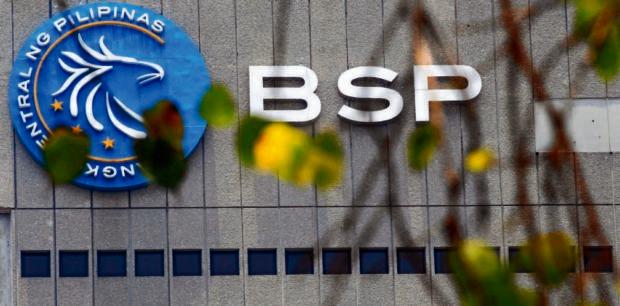More monetary easing looms as BSP sees benign May inflation

Bangko Sentral ng Pilipinas. (File photo / Philippine Daily Inquirer)
MANILA, Philippines–Prices of consumer goods and services are expected to have risen between 2.8-3.6 percent in May — broadly unchanged from the previous month’s moderate pace — due to the combined effects of a transport fare hike in the Visayas and the higher cost of selected food items, according to central bank economists.
In a statement, the Department of Economic Research of the Bangko Sentral ng Pilipinas (BSP) said the May inflation rate, which follows the 3-percent pace of price increases in April, could also be influenced temporarily by “positive base effects” coming off high levels recorded during the same period last year.
“Meanwhile, lower rice and domestic oil prices alongside downward adjustment in electricity rates are seen to temper inflation for the month,” the central bank said.
If confirmed, the benign price regime being forecasted for May will give extra impetus to BSP Governor Benjamin Diokno to push ahead with the monetary easing he began a few weeks ago after overcoming internal resistance from senior central bank officials.
Speaking to Bloomberg on Friday morning, the central bank chief said he could “promise more cuts,” but stressed that the timing of any monetary easing — whether via the central bank’s key overnight borrowing rate or the reserve requirement of banks — will depend on the economic data that will be forthcoming from the government.
Diokno said he wants to reduce the ratio of resources banks are required to hold as liquid assets in their vaults to single digits by the end of his term in 2023. This so-called reserve requirement ratio is in the process of being lowered to 16 percent over the next three months from 18 percent — the highest level in the region.
Meanwhile, the overnight borrowing rate, which influences the prices that banks charge on their retail and wholesale loans, was cut in early May by 25 basis points to 4.5 percent. This key level of monetary policy was tightened by 175 basis points last year in what some market watchers viewed as a belated attempt to contain high inflation — a problem that started to subside since early 2019.
Because of these developments, ING Bank Manila senior economist Nicholas Mapa described Diokno’s recent moves and comments as “decidedly dovish.”
“With inflation stalling and now right at the BSP target of 3 percent, the governor found little reason to keep rates at ‘crisis mode’ for much longer with supply side measures in place to combat inflation,” he said.
“With the price objective in hand and growth hitting a speed bump in the first quarter, BSP will look to help ease off the brakes further and tap on the accelerator to zoom and achieve our growth potential,” Mapa predicted.
The Philippine Statistics Authority is scheduled to release the inflation data for May on June 5, 2019. (Editor: Jonathan P. Vicente)